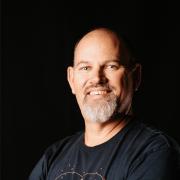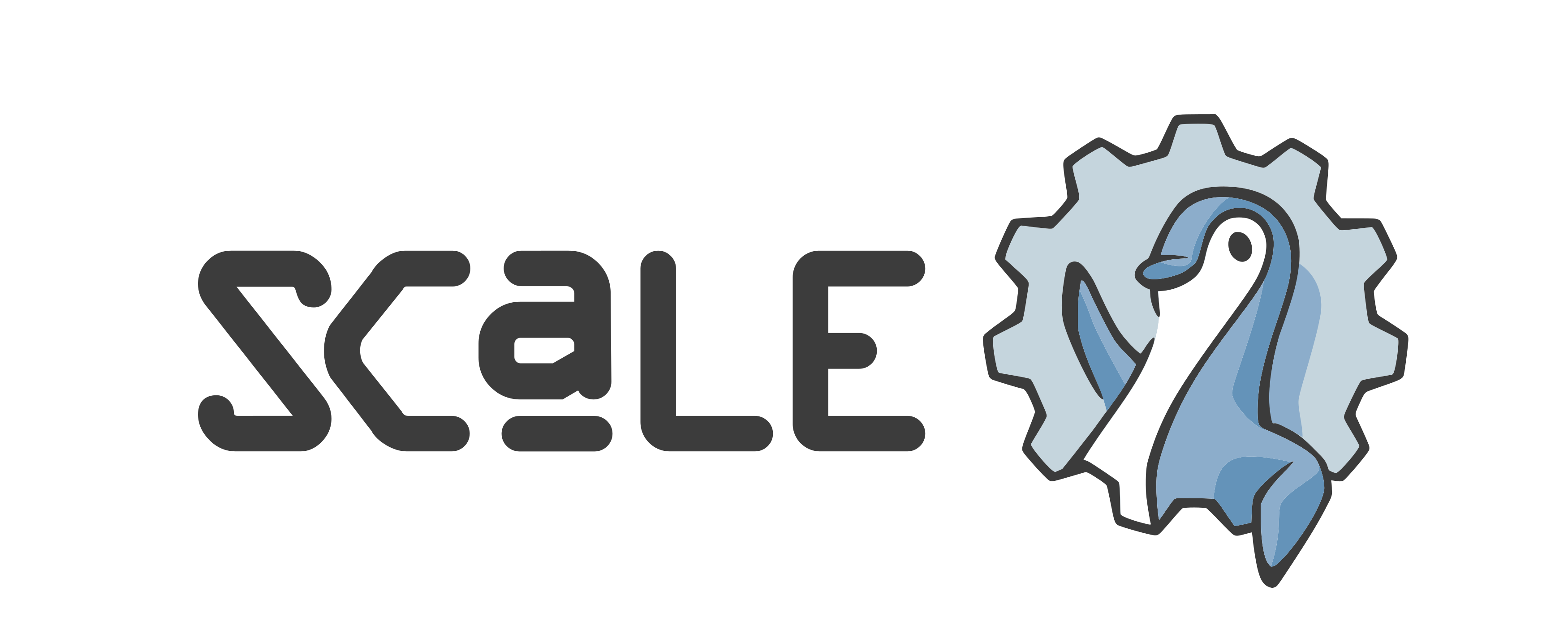Presentations

This session describes and simplifies the process of building NLP models by guiding attendees through creating a basic model, followed by a more advanced redaction model from scratch. The session offers practical insights into model development, including dataset preparation and model training, while providing code to build and implement the models discussed. By the end of the session, participants will walk away with a proven framework for approaching NLP problems and the tools to apply these concepts immediately in their work.

Right now, there is a tremendous demand for AI ML solutions. The tasks of training and deploying open source AI models and then scaling inference have become crucial to business needs. Even though the underlying libraries are maturing rapidly, MLOps solutions have a long way to go. In this presentation, Crexi (Commercial Real Estate Exchange, Inc.) reveals how it achieved its business objectives with a powerful and flexible pipeline and model deployment solution, using open source tools to deploy open source models in AWS.



In this workshop, Leigh, Tanja, and Nick will show a GitOps workflow for both your team's laptops and Kubernetes clusters.
We'll cover the basics of Nix and Flox, a collaborative interface for using Nix as a team.
Attendees will work together in the hands-on portion to:
- bootstrap a frontend and backend project with Javascript, Go, and Postgres
- declare cross-platform tools and dependencies for build and development
- containerize their build in a Nix-native way
- use GitOps via Flux to promote their service to Kubernetes clusters with zero-downtime deploys

Platform Engineering and DevOps leaders must move beyond traditional technical and productivity metrics to ensure lasting success. Developer Experience (DevEx) is no longer a luxury—it's a critical business factor that directly influences developer retention, minimizes bottlenecks, speeds up time to market, and leads to superior business outcomes, including higher revenue.
Attendees will learn how to effectively communicate the value of DevEx in business value to gain internal buy-in from leadership and stakeholders, even those without a technical background.

Digital citizen participation is widely regarded as a significant promise for democracy, yet its success is far from guaranteed. In this presentation, we will explore the key factors that contribute to successful and impactful participation. Drawing on examples and lessons learned from our extensive Consul community, which includes over 250 municipalities and governments, we aim to highlight practical insights and success strategies that not only build long-term trust in democracy but also yield innovative results.

Kubernetes means containers - but container images stop scaling once you hit 25+ GB, even if you’re building them with Nix. Learn how Anthropic took production startup times from minutes to sub-second with a multi-level, replicated cache hierarchy. We’ll deep dive into nix-sidecar: our custom tool to escape Docker, replacing slow image pulls with highly-parallel native Nix fetches, cached on every node. This talk is for anyone interested in faster deploys or advanced Nix usage!
Day 1 of a a two day class on embedded programming. We will be programming a STM Arm chip with no operating system. This will be bare metal programming.
Topics include what the compiler does behind the scenes, I/O direct to the hardware, memory layout, reading assembly, and interrupt programming.
Pre-registration (in addition to your conference registration) is required.
Day 2 of a a two day class on embedded programming. We will be programming a STM Arm chip with no operating system. This will be bare metal programming.
Topics include what the compiler does behind the scenes, I/O direct to the hardware, memory layout, reading assembly, and interrupt programming.
Pre-registration (in addition to your your conference registration) is required.

Accurate job classification is essential for understanding labor market trends and informing policy decisions, but modern job descriptions are complex and varied. We explore how open-source AI tools like PyTorch and HuggingFace models can improve mappings of Standard Occupational Classification to job descriptions. Using these technologies, we develop methods to better interpret and classify unstructured job data, leading to more precise occupational analysis. Join us to learn how open-source AI can enhance workforce analytics and how you can apply these tools in your own projects.


Discover how to bring Entra ID authentication on Ubuntu Desktop at scale with Landscape, Authd, and cloud-init. Join Ken VanDine and Rajan Patel.
